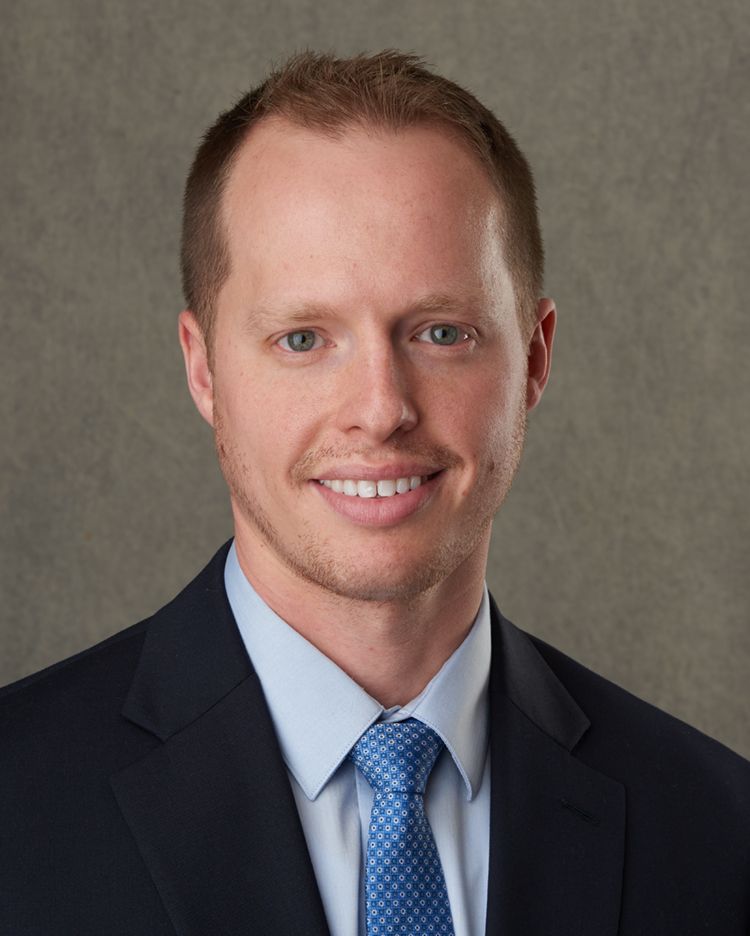With the tools he gained at Lehigh, Structural Engineering professional master’s grad Andrew Moss ’11 ’12 M.Eng. seized an early-career opportunity to take on a towering Manhattan project
Superman needed special powers in order to leap tall buildings in a single bound.
In order to design tall buildings, Andrew Moss felt he needed extra educational firepower: Lehigh University’s Structural Engineering professional master’s program.
“I wanted to do something that would shape a skyline,” says Moss, who grew up in Monticello, N.Y., about 100 miles northwest of Manhattan. “I started learning through interviewing and researching that with only a bachelor’s degree, that wasn’t really possible, especially in New York City.”
After graduating from Lehigh’s P.C. Rossin College of Engineering and Applied Science in May 2011 with his bachelor’s in civil engineering, Moss began Lehigh’s M.Eng. in Structural Engineering that summer. The curriculum for the 10-month, 30-credit graduate program consists of design projects (nine credit hours), structural laboratory (three credits), electives (12 credits), and required courses (six credits).
The program balances the theoretical with the practical, combining coursework with a group project focusing on the design of a real-world structure. In addition, students graduate prepared to address the wide variety of performance, cost, and public welfare decisions involved in large-scale structural engineering projects.
It didn’t take long for Moss to apply his structural engineering education to a skyline-shaping building. In November 2012, five months into his tenure at Severud Associates in New York, he became involved with One Vanderbilt, a 67-floor, 1401-foot-tall office tower in Manhattan, near Grand Central Terminal.
Moss describes his initial involvement with One Vanderbilt (due to open in August, he says) as “just luck in the first place.” The project had changed a few times even before it landed on his desk. When someone was needed who could quickly model the entire building and already knew how to use RAM Structural System, Moss got the job. RAM Structural System, an analysis and design product developed by Bentley Systems for concrete and steel-framed buildings, was a major part of his M.Eng. coursework.
Moss wasn’t thrilled initially at the prospect of working on One Vanderbilt. He was unfamiliar with the project’s magnitude because of its confidentiality. However, after getting a chance to review the drawings, his feelings quickly changed.
“As soon as I had the opportunity to look through the architectural drawings, I became very excited because I realized I’d have the chance to accomplish a major career goal,” he says. “At that point, I was only 23 years old—and I figured it would be decades before I got a shot at something like that.”
After helping to complete the designs and construction documents for One Vanderbilt, Moss later spent nearly three years in the field managing the project during its construction phase. In that role, oftentimes he would devise solutions on the fly to maintain the schedule.
“There were times, especially on the heavy transfer floors, where I would need to come up with solutions that were safe, economical, and constructible” he says.
Those solutions were a result of utilizing available tools—and some of the biggest tools Moss had at his fingertips were the building codes extensively covered in the Lehigh M.Eng. program.
“These codes are hundreds, sometimes even thousands of pages thick,” he recalls. “You’re never going to memorize entire building codes, but knowing how to find what you need methodically was something that started in grad school. I’m still fine-tuning it to this day.”
Moss says the Structural Engineering M.Eng. program “has many real-world lessons to learn” and that its group design project provides students with “the best possible preview of what they can expect when they’re out of school.”
Pursuing the professional master’s degree, he adds, is “not just to get your piece of paper … although that piece of paper will look very impressive during the job search. It opened a lot of doors interview-wise and career-wise for me.”
—Chris M. Junior is a freelance contributor for the P.C. Rossin College of Engineering and Applied Science


